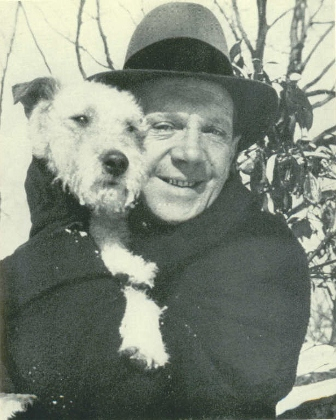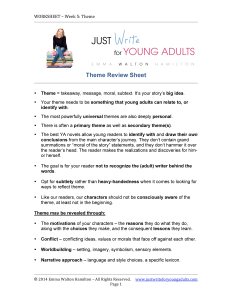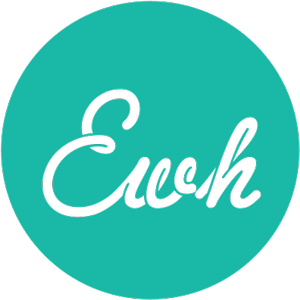
Chekhov, the Picture Book Author
 Michael Chekhov – nephew of playwright Anton Chekhov – was an esteemed Russian-American actor, director and acting teacher. Among those who studied with him were Gary Cooper, Marilyn Monroe, Gregory Peck, Clint Eastwood, Anthony Quinn, Ingrid Bergman, Jack Palance, Lloyd Bridges, and Yul Brynner. Constantin Stanislavski, with whom Chekhov collaborated at the Moscow Art Theatre, referred to him as his ‘most brilliant student.’
Michael Chekhov – nephew of playwright Anton Chekhov – was an esteemed Russian-American actor, director and acting teacher. Among those who studied with him were Gary Cooper, Marilyn Monroe, Gregory Peck, Clint Eastwood, Anthony Quinn, Ingrid Bergman, Jack Palance, Lloyd Bridges, and Yul Brynner. Constantin Stanislavski, with whom Chekhov collaborated at the Moscow Art Theatre, referred to him as his ‘most brilliant student.’
I had the good fortune to listen to Joanna Merlin, president of the Michael Chekhov Association – speak about her mentor last week. (MICHA will be one of the theatre companies in residence at our Writers Conferences next summer.)
I have long been aware of the overlap between the dramatic and writing arts, but something Joanna said struck me as particularly relevant.
One of Chekhov’s valued concepts was that of the ‘four brothers’: ease, beauty, form and wholeness. As I listened to Joanna describe these elements with respect to art, I realized they were directly transferable to children’s literature.
Ease – Who hasn’t marveled at the ease of Dr. Seuss’s verse, or Jules Feiffer’s line? When a book really sings, doesn’t it seem effortless? Like it just rolled off the author’s pen? Doesn’t it make us think: That looks so easy! I could do that!
Beauty – From Kenneth Grahame to Gennady Spirin to Jon J Muth, there’s no denying the beauty in children’s book art. But there’s beauty in text, too… Whether it’s an exquisitely crafted message, mastery of language or authenticity of voice, there are times when the stellar narrative of a children’s book can make one weep.
Form – Thirty two pages, one thousand words or less. There’s no denying that picture books have form. The challenge is how to tell that story with a richness of character and plot that compels the reader to turn the page… within the confines of that form. Martha Grahame said “The aim of technique is to free the spirit.” I would amend that to say, “Within the confines of form, anything is possible.”
Wholeness – Beginning, middle, end. Problem, crisis, resolution. Picture books travel a great distance in a thousand words or less… and the good ones provide a complete story, and a wholly satisfying journey.
Michael Chekhov wrote and published a few great books on acting, but never any children’s books. I suspect that, had he chosen to, he could have penned one with ease, beauty, form and wholeness.
